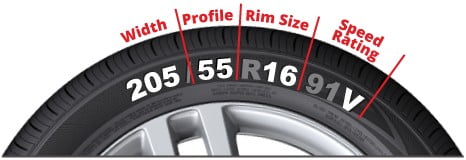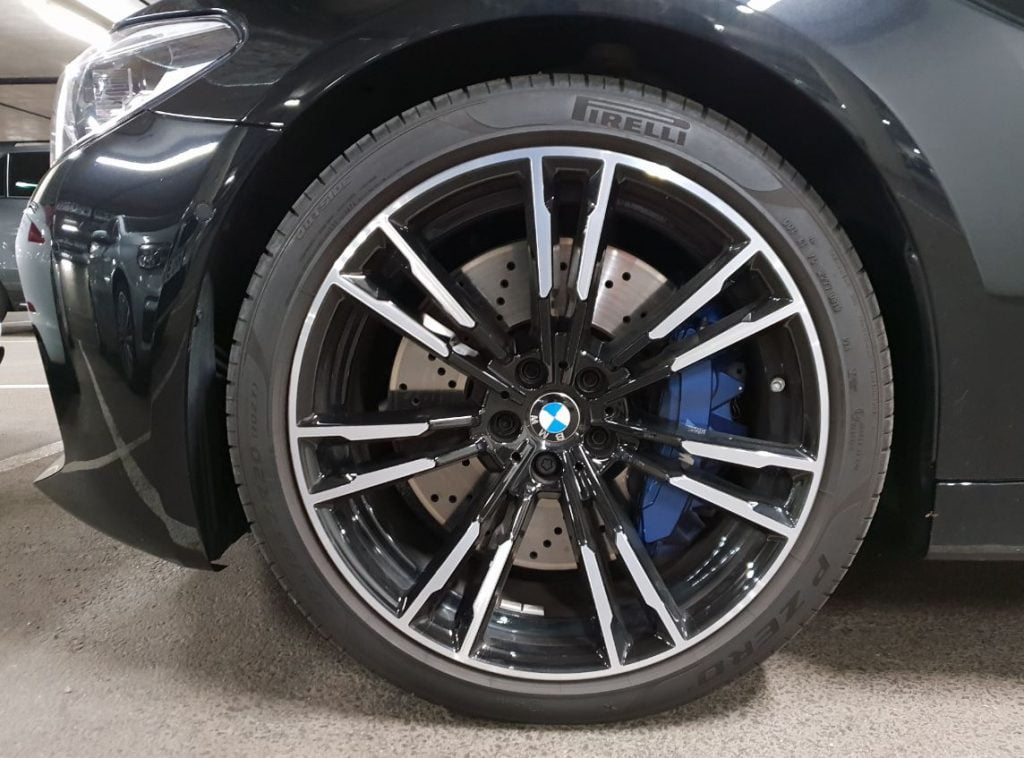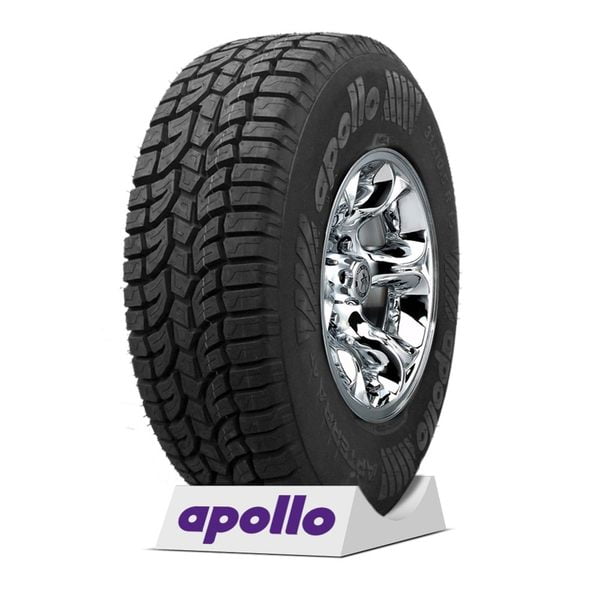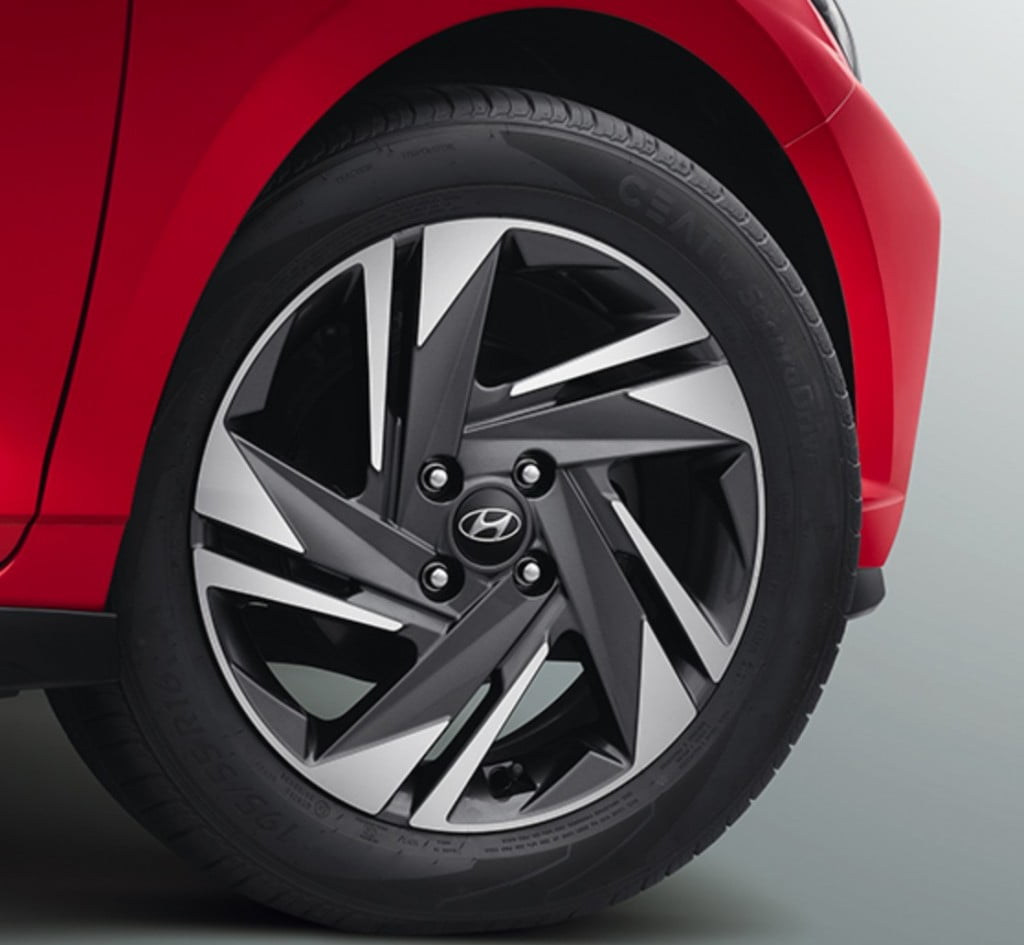While many people might never pay enough attention to what tyres, wheels or tyre-size their cars have, tyres are the most relevant component of a car. In fact, it is the only reason why a car can actually move. Although one can build great engines or great highways, it is the tyres that connect a car to the road. As important as they are, people generally spend the least amount of time to choose the best tyres for their cars. Through this article, we shall help you choose tyres to get the maximum performance out of them.
One might not realize, but tyres affect almost all the aspects of any car. The braking, acceleration, handling, ride quality, suspension, and even fuel consumption get influenced by your tyres. So it’s only fair to learn a few basics to keep in mind while changing your car’s tyres.
Also read: Different type of Suspension Systems Explained
What do the numbers and alphabets on your tyre mean?
The notations in the image below might confuse you a little initially, but worry not, we have you covered. After reading this article, you will be able to understand how simple it is to decode. Let’s go through them one by one!

Here, 205 denotes the width of the face of the tyre in mm. It represents how much area remains in contact with the ground. The wider the face width, the better the grip and the wider the area in contact with the road. When you go around a corner, the efficiency of handling and stability will solely depend on how much grip you have on the road, which in turn is a result of how much area of the tyre is in contact with the road. The tyre width affects the handling of the car directly.
55 represents the height of the sidewall of the tyre, in the percentage of the width. In our case, 55% of 205 means 113 mm. The higher the sidewall of a tyre, the more rubber it has and resultantly, the better the bump-absorption characteristics. Therefore, the height of the sidewall relates directly to the ride quality of a car.
R represents Radial, which means that the metallic wires inside the tyres are at 90 degrees to the face of the tyre. Generally, all passenger cars today come with radial tyres.
16 indicates the size of the wheel in inches.
91 is the load index of a tyre. This is very important, as it represents the maximum weight a tyre can carry and operate safely and smoothly. The load index starts from 20 and goes all the way up to 99. However, the table below demonstrates some of the common load indices used in a number of vehicles, for reference.
| Load Index | Weight (kg) | Load Index | Weight (kg) |
| 70 | 335 | 79 | 437 |
| 71 | 345 | 80 | 450 |
| 72 | 355 | 81 | 462 |
| 73 | 365 | 82 | 475 |
| 74 | 375 | 83 | 487 |
| 75 | 387 | 84 | 500 |
| 76 | 400 | 85 | 515 |
| 77 | 412 | 86 | 530 |
| 78 | 425 | 87 | 545 |
V represents the speed index of a tyre. Similar to the load index, every tyre is designed for a maximum speed, at which it can operate safely and smoothly. The table below shows the speed indices used by various cars.
| Speed Index | Max Speed (km/h) | Speed Index | Max Speed (km/h) |
| K | 110 | T | 190 |
| L | 120 | U | 200 |
| M | 130 | H | 210 |
| N | 140 | V | 240 |
| P | 150 | (V) | >240 |
| Q | 160 | W | 270 |
| R | 170 | (W) | >270 |
| S | 180 | Y | 300 |
High and Low Profile Tyres
Tyres can also be classified as High and low profile tyres and therefore find use in various scenarios and cars.
Performance Cars
Performance cars use low-profile tyres which means that the width of the tyre will be very high and the sidewall will not be as high. For example, BMW M5 Competition uses 285/35 R20 rear tyres. The reason for that is simple. A performance car is designed to accelerate quicker and go around the corners at very high speeds. Therefore, the width of the face of the tyre is of paramount importance. This ensures a lot of grip on the road for better handling.

Image source: Beamerpost
Also read: Disc Brakes vs Drum Brakes- Characteristics And Comparison
SUVs
SUVs are used to go off-roading where the roads are not even concrete. There will be a lot of potholes and undulations on the road. The primary requirement there is ride quality to ensure the comfort of the passengers. Therefore, in this scenario, high profile tires are used. For example, Jeep Wrangler uses 255/75 R17 tyres. This means that the sidewall of the tyre will be very high to absorb all the bumps and undulations of the road, providing a lot of comfort to the passengers.

Regular Cars
The regular cars that people use for everyday commute generally try to strike a balance between high and low profile tyres. It is necessary to ensure ride quality as well as decent handling characteristics for everyday use.

We hope that this article will help you choose the best tyre option for you depending on your requirements.
The post Why Choosing The Right Tyre Is Important And Easy? appeared first on Car Blog India.
from Car Blog India https://bit.ly/3guMEJ9

Comments
Post a Comment